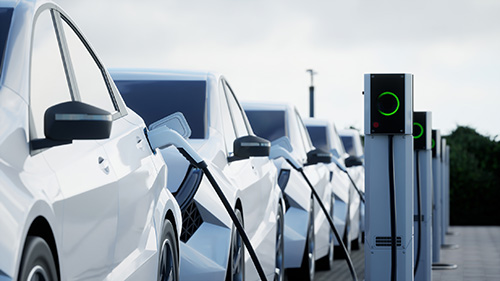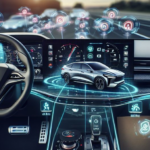It seems that the electric vehicle trend is continuing to gain traction in the U.S. and abroad as regulators and the public look to protecting our environment with more sustainable energy used for transportation. One only needs to look at the growing number of states that have adopted California's Advanced Clean Car (ACC) II rule that requires an increasing number of vehicles to emit zero-emissions until we reach 2035 when all new vehicles will be required to be zero-emission. Clearly Governmental regulation will be the primary driver of new EV sales. Environmental arguments would also point to the advantages of EV over contemporary internal combustion engine vehicles.
But there is a disturbing pattern emerging on our roads today, and concern is growing among highway safety experts because EVs can be hundreds to thousands of pounds heavier –up to 30% — than their combustion engine counterparts…and the batteries are the culprits.
EV batteries are the primary source of power for electric vehicles and need to hold much more energy than a traditional combustion engine car's battery would. Because they hold much more energy, they are considerably bigger and heavier than conventional car batteries. (One of GMC’s Hummer EVs weighs more than 9,000 pounds with its battery weighing in at almost 3,000; the old Hummer H2 weighed less than 7,000 lbs.!). Two of the greatest areas of concern are traffic safety and infrastructure.
Concerning crashes or pedestrian/bicycle strikes, it is jarring to consider that the probability of fatalities increases 47% for every 1,000 additional pounds of vehicle – and the risk is even higher if the striking vehicle is an SUV, pickup truck or minivan, according to a study by the National Bureau of Economic Research. And Michael Brooks, the acting executive director of the Center for Auto Safety points out that since we’re already seeing pedestrian and roadway fatalities at record levels, the added weight of EVs will only exacerbate that ongoing crisis.
Regarding weakening infrastructure, finger-pointing has begun, prompted by a parking garage collapse in lower Manhattan last year which resulted in a fatality and the necessity for neighboring residents to evacuate their homes during demolition and reconstruction. While the collapse was not directly linked to EVs, it certainly raises alarm bells regarding the status of parking garages built decades ago where the weight bearing standards were much lower.
Similarly, some of the experts in America have claimed that roadside guardrails are no match for heavier EVs. The University of Nebraska did a study in conjunction with the U.S. Army Engineer R & D Center which has garnered the auto industry’s attention. It featured internet footage of an electric truck barreling through a conventional guardrail as if it were made of plywood. While heavier pick-up trucks and SUVs could have a similar result if tested, guardrails will certainly be less effective against heavier EVs as compared to ICs.
CED engineers (mechanical, civil, electrical, automotive, civil, and chemical) have the education, training and experience to tackle an analysis of a number of the incidents that could be contributed to from the physical characteristics of today’s electric vehicles. CED brings the ability to fully document and preserve accident sites, collect and retain evidence and provide an investigation that can scientifically explain the incident scenario helping to determine responsibility for the event. Contact CED today for engineering support in any of your electrical vehicle cases.






